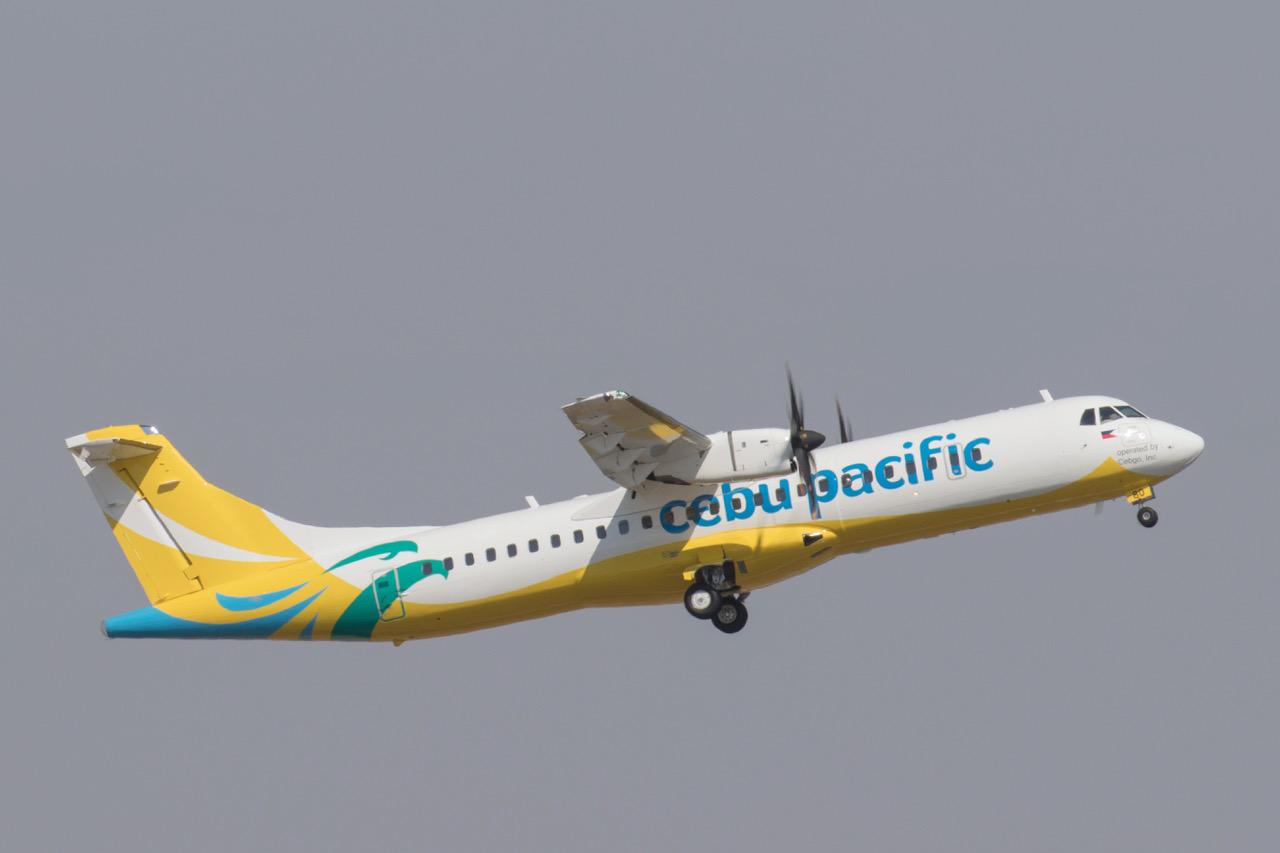
SINGAPORE—ATR continues its commitment to attending the Singapore Airshow in a region that has long been an important market for the turboprop manufacturer.
ATR aircraft have played a critical role in the delivery of medical supplies, COVID-19 vaccines and goods in a region dominated by mountains, islands and remote communities. For example, Cebu Pacific ATR 72s, both passenger and freighter variants, have distributed vaccines across the world’s second largest archipelago.
ATR SVP commercial aircraft Fabrice Vautier, talking ahead of the air show, said the pandemic has forced airlines to look more at domestic routes, both for leisure and to support the movement of populations moving away from large cities as remote working became more widespread.
About 85% of ATR aircraft operations are now for domestic operations countries that depend heavily on tourism, like Nepal and New Zealand, Vautier said. People in mountainous Nepal, for instance, are choosing to take a 40-minute flight rather than a 12-hour bus ride that has higher virus infection risks. Buddha Air has seen traffic on its ATR 72s and ATR 42s increase by 20% compared to pre-pandemic levels. Similarly, Air New Zealand, which has traditionally focused on long-haul international routes, is planning to bolster its ATR 72 capabilities.
While ATR scaled back production to just 10 aircraft in 2020, that increased to 31 aircraft in 2021 and Vautier said the company has a target to produce more than 50 aircraft annually by 2024.
Even if Asian carriers look to re-gauge their fleets with potentially large regional jets, Vautier said there will still be a place for ATRs in the region.
“One third of the world’s airports can be accessed only by turboprop aircraft due to the length of their runways,” he pointed out. “There is always a market for the ATR. What we have also seen is that everything is linked to traffic levels, and if you are looking at 60-70 passengers on a flight, the turboprop probably remains the best choice. You need to look at the economics—the cost of operation and ticket price—and that’s especially true in Asia, which is very price sensitive.”
Asia-Pacific remains a key market for ATR, with Aviation Week Fleet Discovery data showing 332 ATRs in service and another 64 on order.
In recent announcements, Papua New Guinea-based PNG Air became a launch customer for the ATR 42-600S, the short takeoff and landing (STOL) variant, which is expected to start entering service from late 2024. And Japanese startup Toki Air is also looking at the possibility of adding ATR 42s to its fleet of two ATR 72s.
Vautier estimates Japan has a market for around 15-20 ATR42-600S aircraft.

